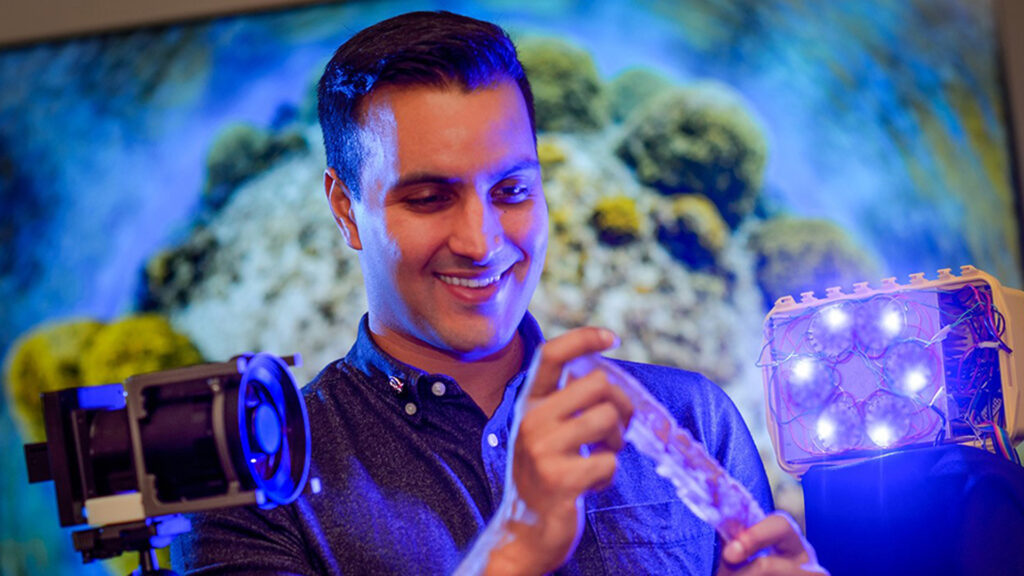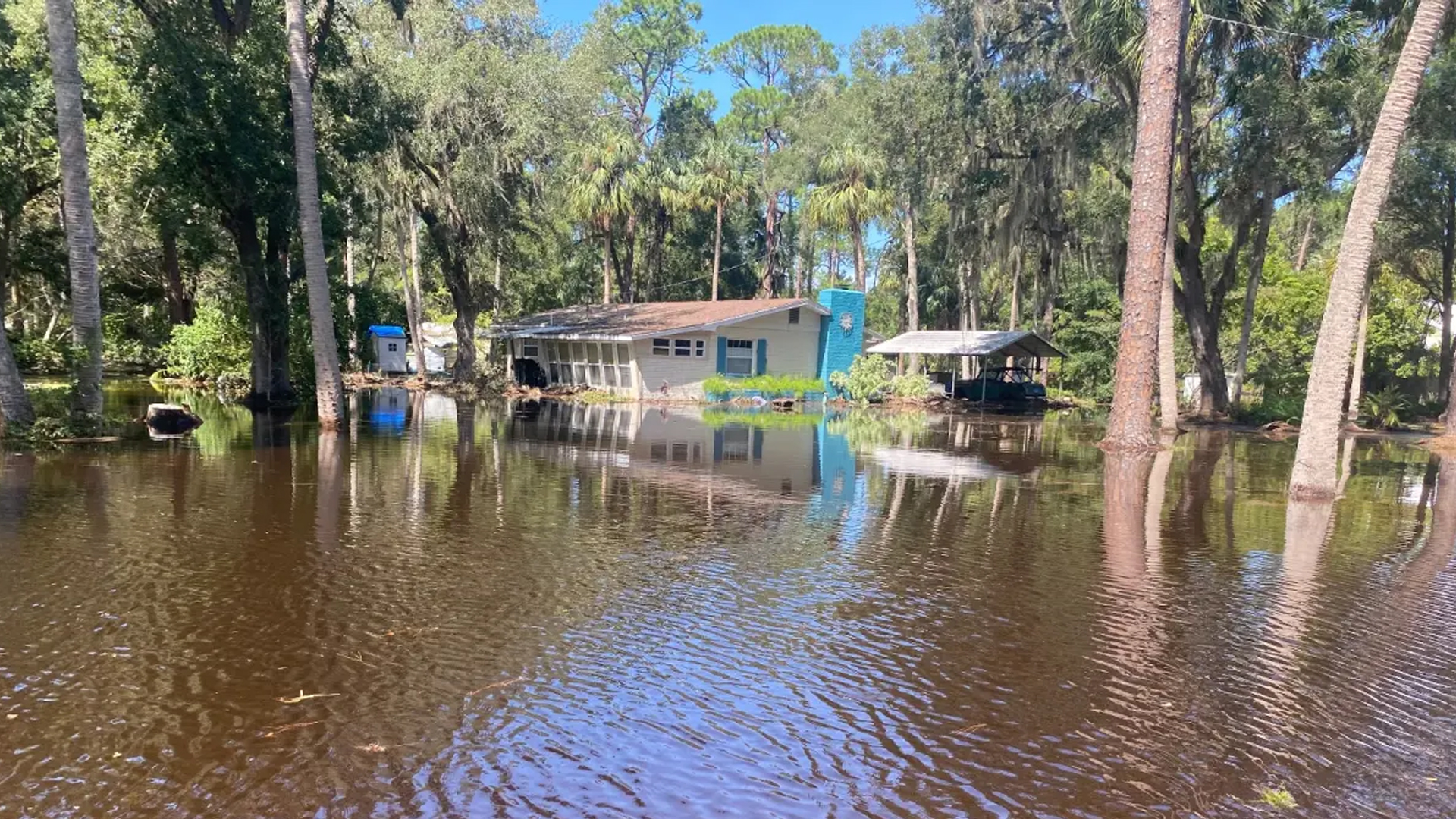By Pamela Edward, University of Miami News
Ved Chirayath is on a singular mission. For the past decade, he has worked toward what he calls “the holy grail of oceanography: developing a technology that can image the seafloor just as astronomical telescopes image the cosmos.”
His quest to unlock the secrets of the Earth’s last unexplored frontier — its oceans — has received a major boost from the Gordon and Betty Moore Foundation, which has selected Chirayath as one of five 2024 Moore Inventor Fellows.
The Moore Inventor Fellows program honors and embodies Gordon Moore’s enthusiasm for science and innovation. The fellowship, launched in 2016 to commemorate the 50th anniversary of Moore’s Law, the groundbreaking prediction of exponential growth in computing power, champions scientist-inventors who design groundbreaking tools and technologies. Each honoree receives $825,000 over three years to drive their invention forward, including $50,000 per year from their home institution.

Chirayath is the G. Unger Vetlesen Endowed Chair of Earth Sciences at the University of Miami Rosenstiel School of Marine, Atmospheric, and Earth Science; inaugural director of the Aircraft Center for Earth Studies at the Rosenstiel School; and a National Geographic Explorer. Previously, he directed the National Aeronautics and Space Administration (NASA) Laboratory for Advanced Sensing at the Ames Research Center in Silicon Valley.
Chirayath’s newest, and perhaps boldest, idea is active fluid lensing, a fusion of two of his previous inventions patented by NASA. Passive fluid lensing is a theoretical model and algorithm that enables scientists to photograph the ocean in remarkable clarity. MiDAR is a next-generation imaging device with broad applications to earth and planetary remote sensing. MiDAR was named NASA Invention of the Year in 2019.
As Chirayath explained, active fluid lensing would allow for imaging through ocean waves to see marine wildlife, the seafloor, and marine plastics from aircraft — and future spacecraft — much like telescopes observe the distant universe through our turbulent atmosphere. Current passive fluid lensing technology allows for imaging to a depth of about 65 feet, using the sun as a light source. Active fluid lensing would push beyond the visible light spectrum using active sources of light like lasers, allowing scientists to peer further into the benthic zone, and reveal the seafloor.
The Moore Fellowship will support Chirayath in advancing active fluid lensing from foundational principles and concepts to a working prototype. His ultimate ambition is to achieve parity in the oceans with what scientists have done on land and in space.
“We have mapped more of the surface of Mars, the Sun, and the Moon than we have our own ocean floor,” Chirayath said. “Yet the ocean is Earth’s largest ecosystem, comprising 99% of the habitable volume of our planet, pivotal to our survival, and the most rapidly changing due to climate change.
“A probe the size of a golf cart crash-landed on Mars, and within 10 days, the crash site was found and the wreckage imaged from orbit. Yet, on Earth, 10 years ago, we lost a jumbo jet with hundreds of souls on board over the ocean, and we are still looking for the wreckage. The technological disparities between space exploration and earth science and oceanography remain startling — and there is an opportunity to fix that.”
Banner photo of Ved Chirayath by Rebecca Hale, National Geographic, via University of Miami. This piece was originally published at https://news.miami.edu/rosenstiel/stories/2024/09/a-moon-shot-for-the-worlds-oceans.html.



